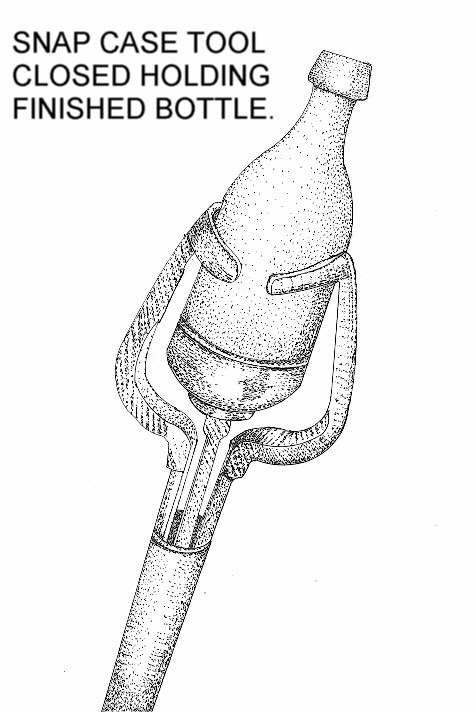AntiqueMeds
Well-Known Member
one type of snap case ...



Some early quatrefoil pontils can be very strange looking also

This was not meant to be a negative comment, but as I read it someone might think it was, I was just pointing out the link didn't work....sorryORIGINAL: epackage
Your link is NO GOOD...